1
How large do giant otters get?
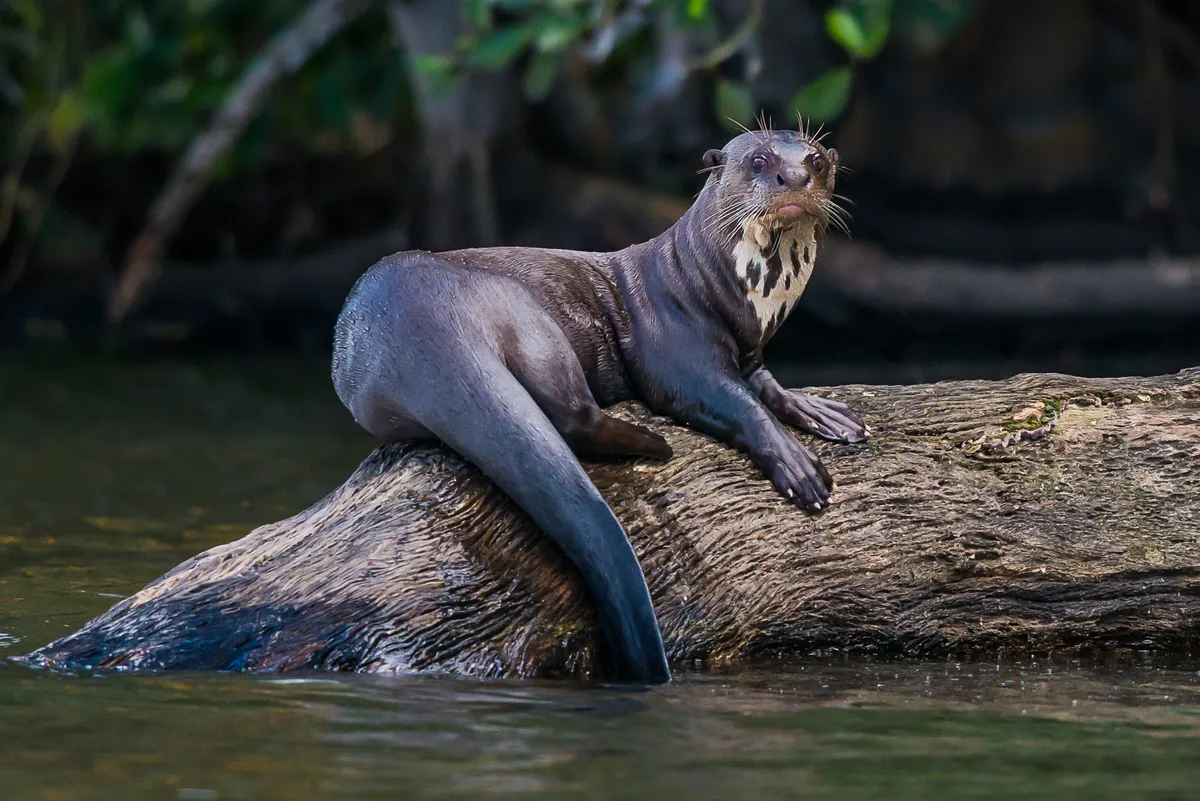
Giant otters are the largest of any otter in the world growing up to 1.8m. They are double the size of world’s smallest otter, the Asian short-clawed otter (below).
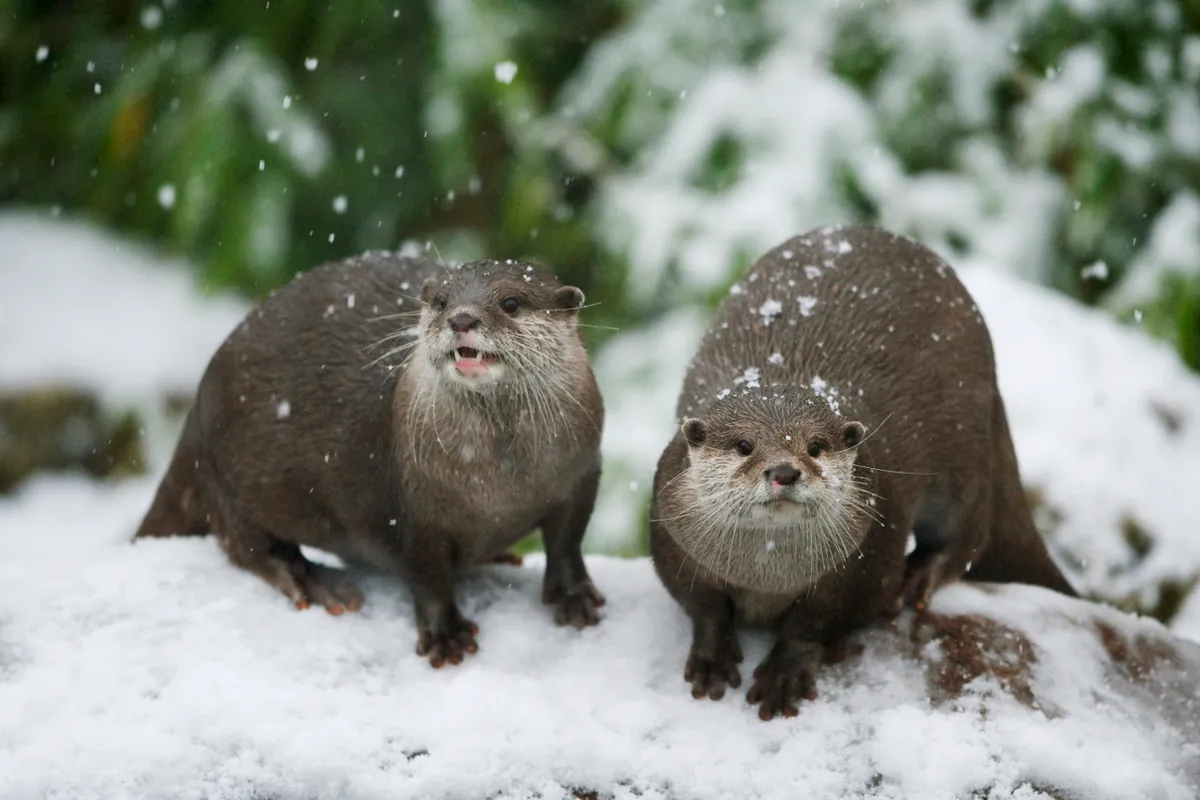
2
Which species are giant otters closely related to?
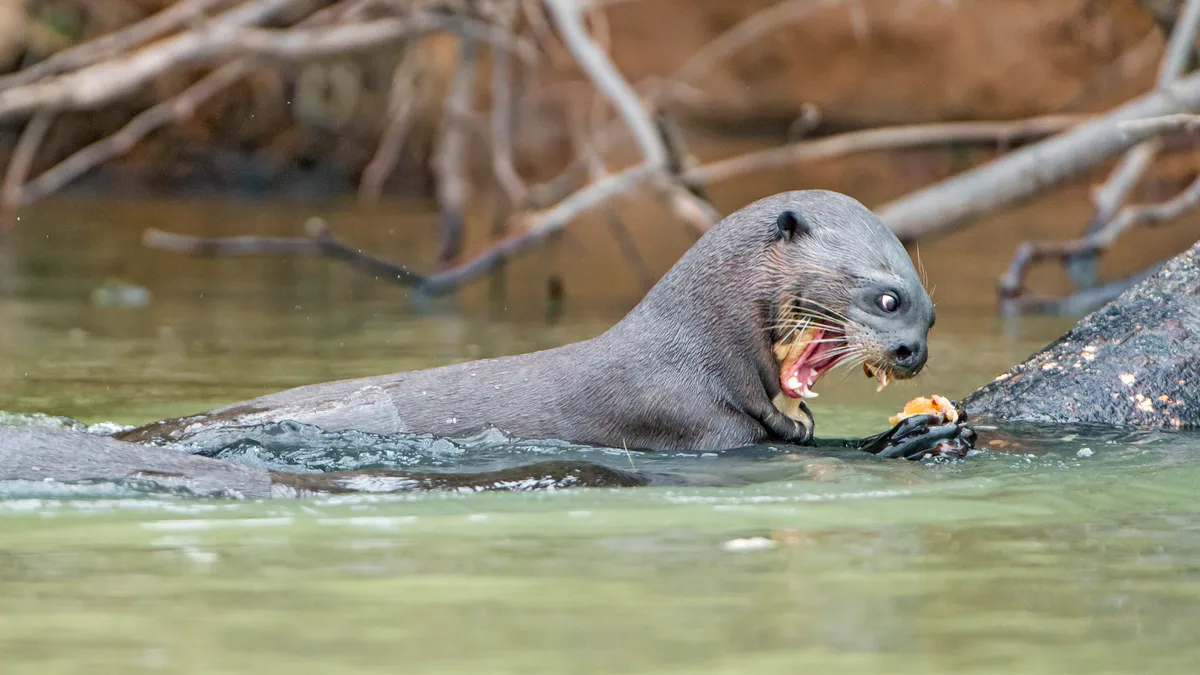
Giant otters Pteronura brasiliensis are the only species is the Pteronura genus. They are part of the otter subfamily Lutrinae, which are part of the Mustelidae family. There are 13 extant species of otter.
Find out more in our guide to the otters of the world.
As well as otters, mustelids include weasels, badgers, martens, and wolverines.
3
Where do giant otters live?
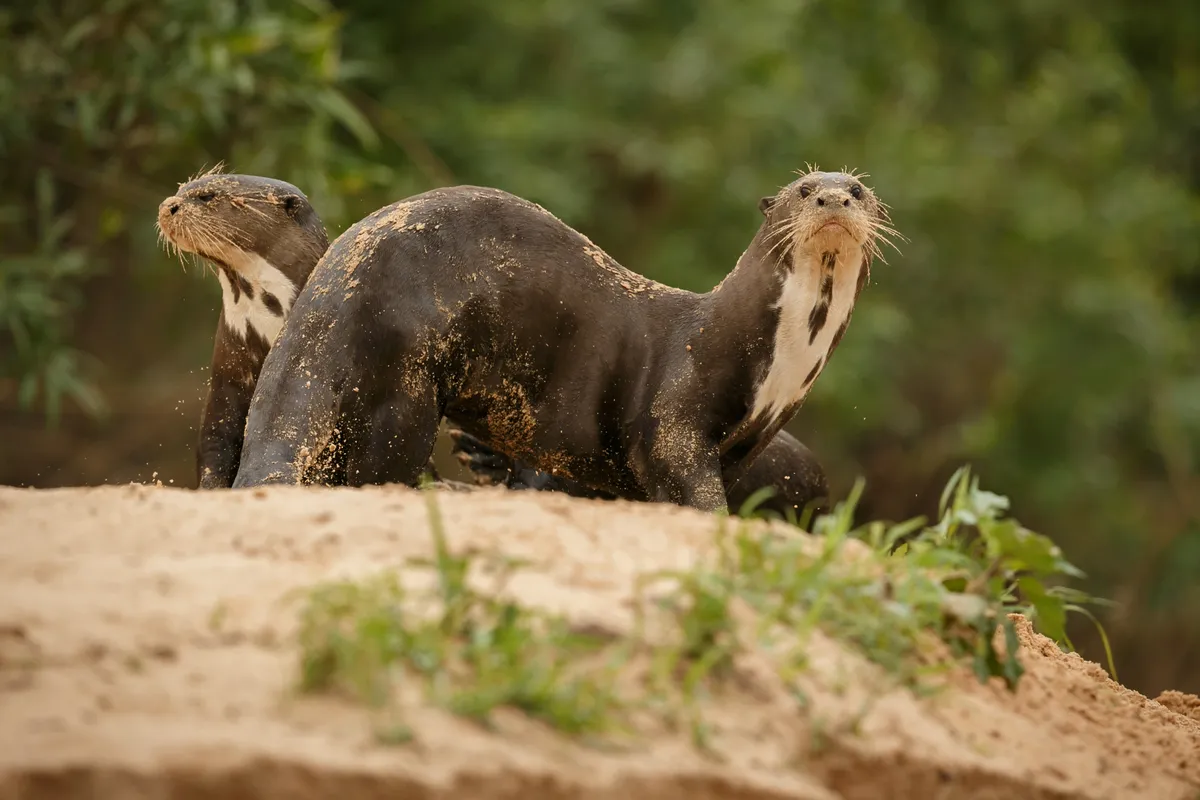
Giant otters live across the Amazon basin in South America.
4
Do giant otters live in a group?
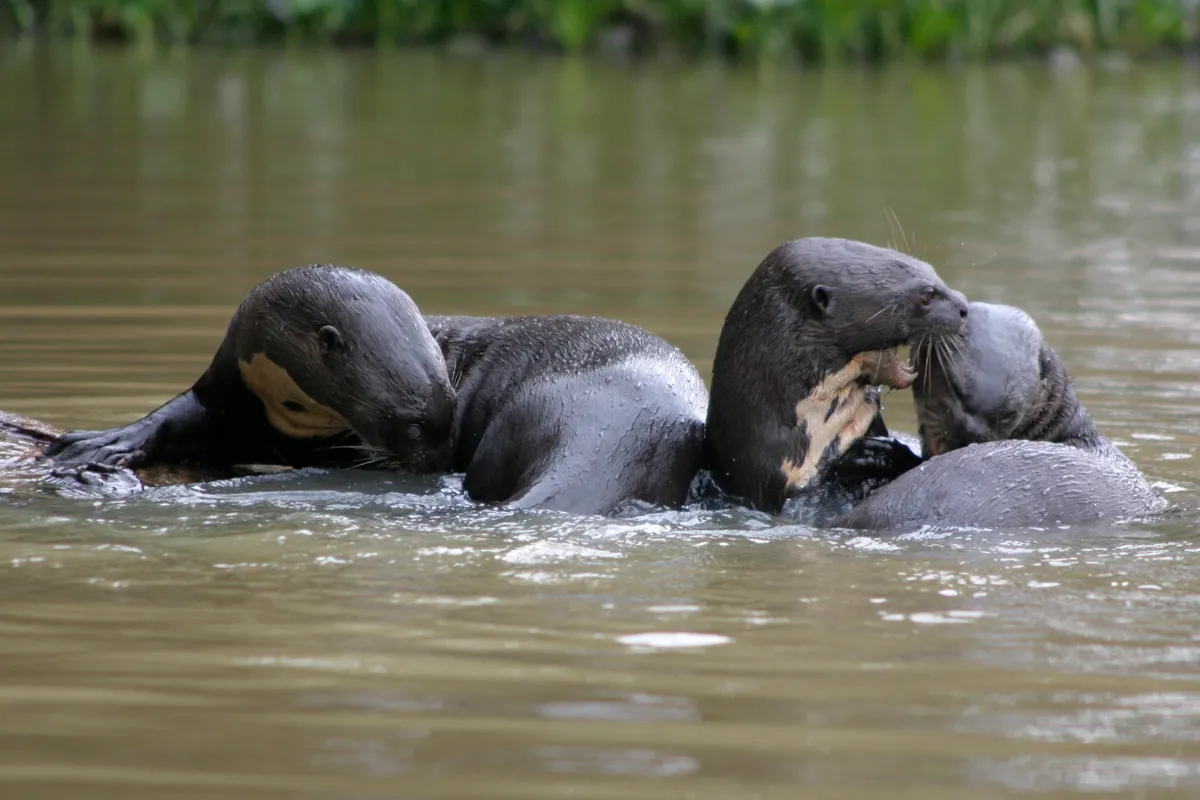
Giant ottters are very sociable animals and often live in groups of up to 20 individuals.
5
How many cubs do giants otters have?
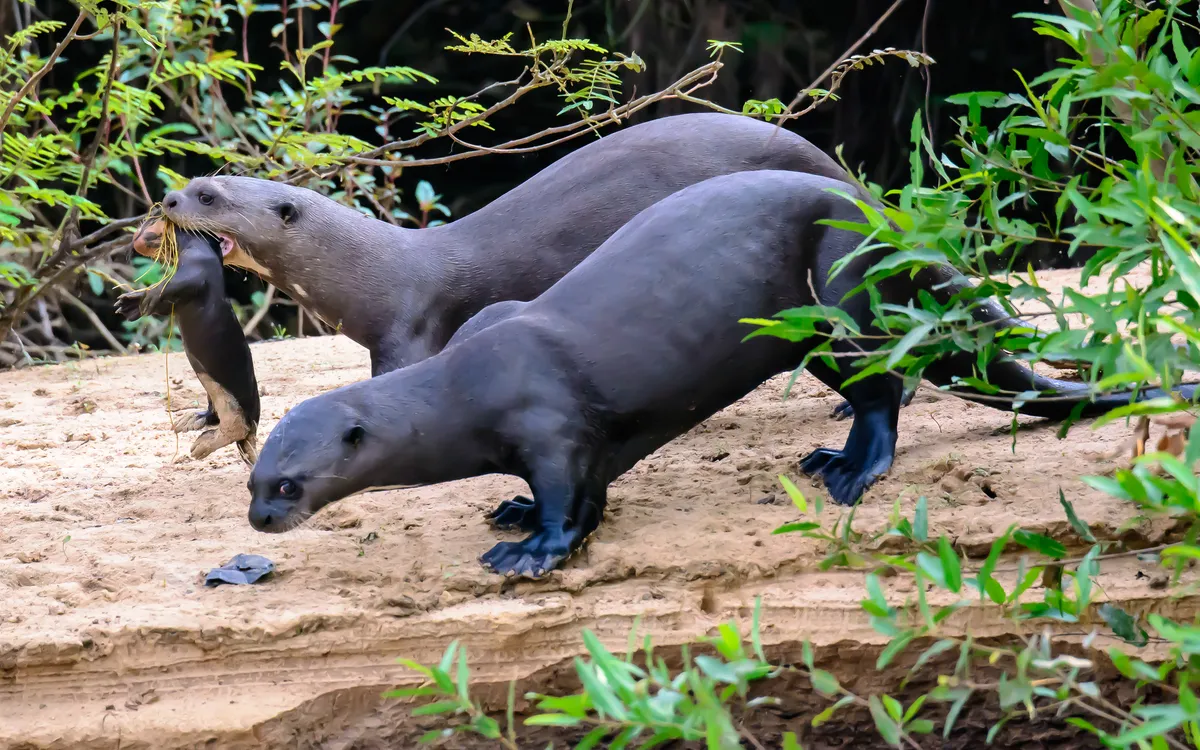
They have a gestation period of between 9-10 weeks and usually give birth to 1-3 cubs.
6
What do giant otters eat?
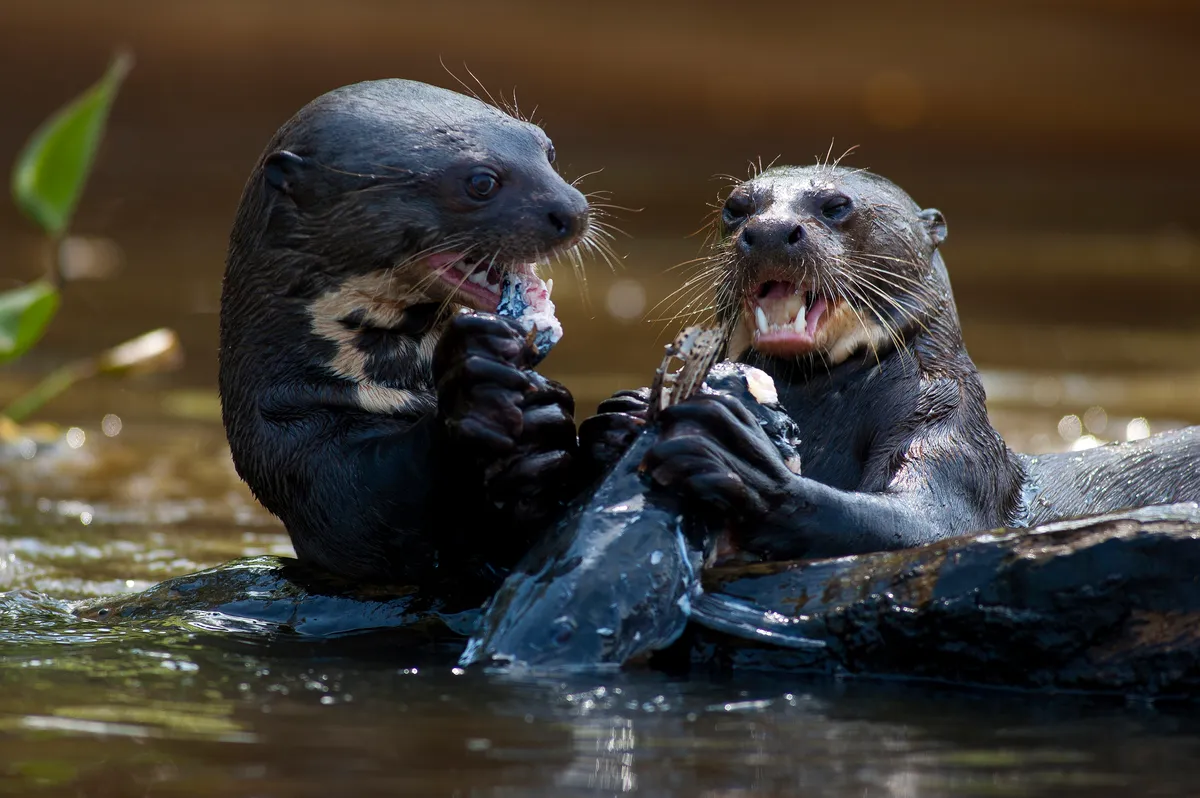
Giant otters most common prey is fish but they have been known to take some of the more feared Amazonian animals such as caiman, anacondas and piranhas!
7
Are giant otters endangered?
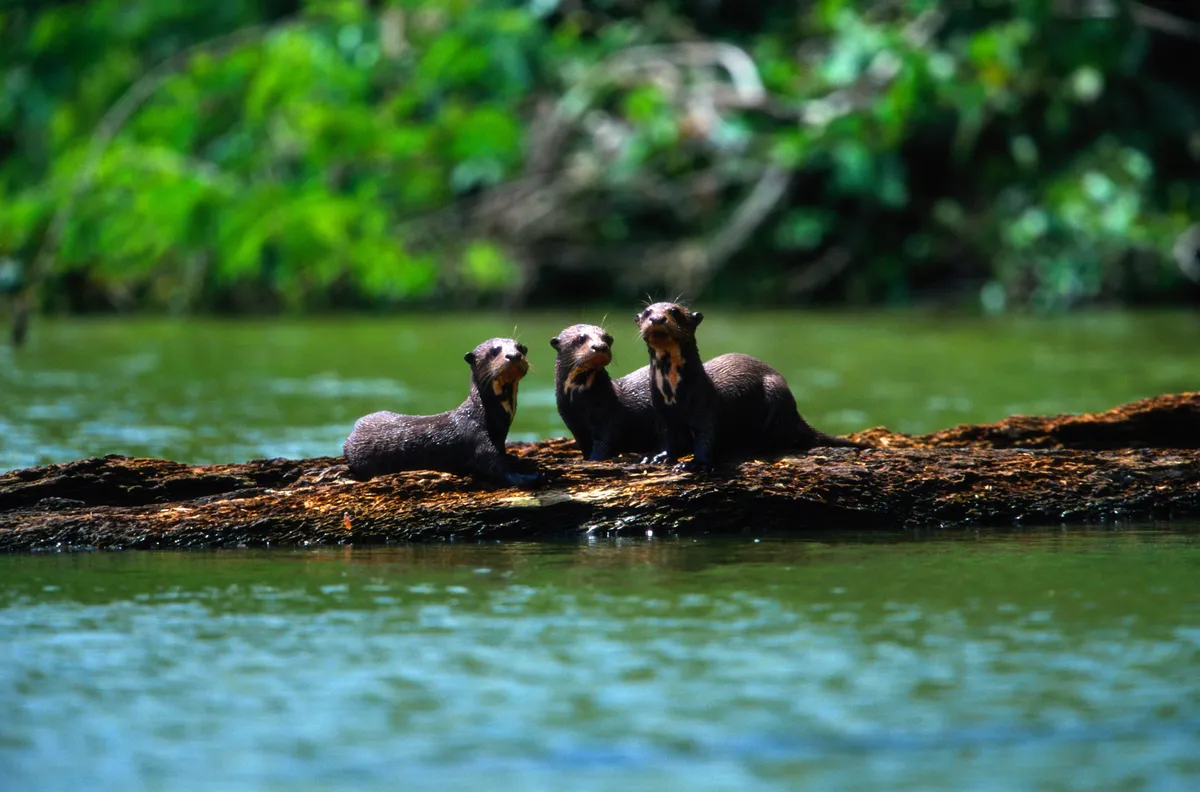
Giant otters are listed as Endangered on the IUCN Red List, and were last assessed in June 2014.
In previous assessments, they were listed as Vulnerable (1982-1996) and then Endangered (2000 onwards).
The species is threatened by habitat contamination and degradation, overfishing of their prey and conflicts with fishermen, infrastructure such as roads and hydroelectric dams, and climate change.
Individual subpopulations of giant otters are small and fragmented, and population recovery is limited by late maturity, late breeding age, suspected low transient survival and low cub survival.
The International Otter Survival Fund (IOSF) is one of the world's leading otter charities. IOSF was set up to protect and help the 13 species of otter worldwide through a combination of compassion and science.
Main image: A giant otter in Mato Grosso (Brazil). © Sergio Pitamitz/Getty